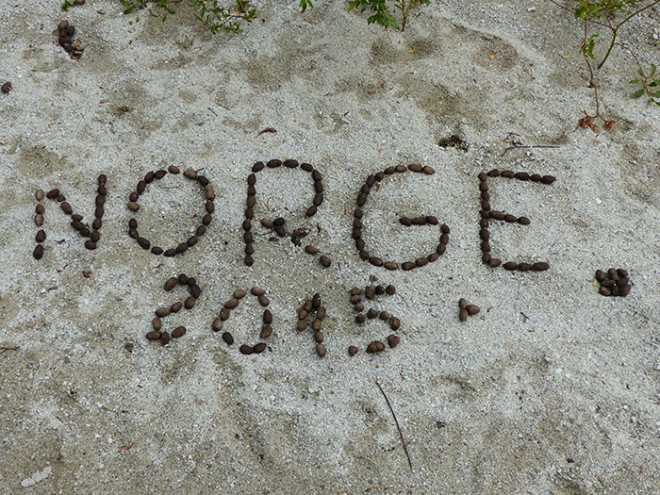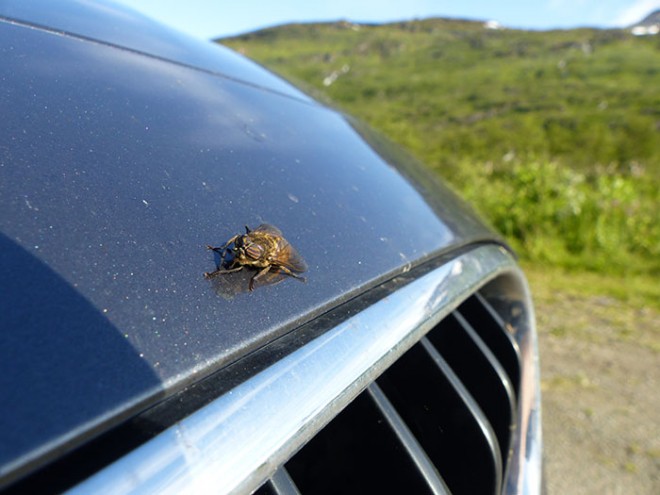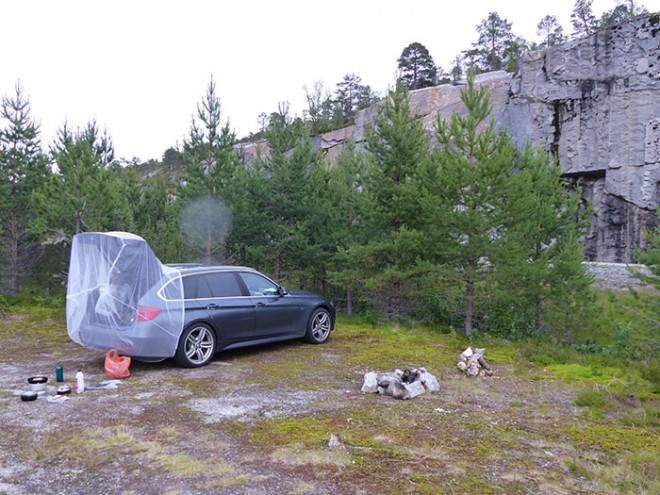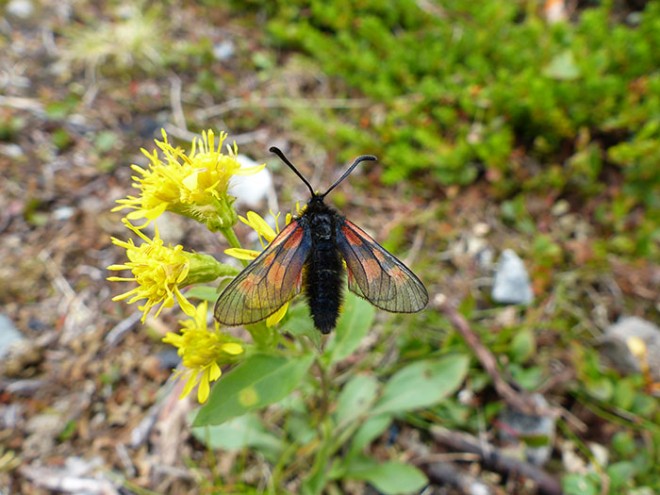As part of my studies into flies associated with river shingle-banks, I am interested in the distribution of species of Tachydromia in northwest Europe. A number of shingle specialists in this group are known only from Britain and the Alps. I was keen to establish whether this is a genuine pattern or if these small, specialist species had been overlooked in other suitable areas. Consequently, this summer I spent two weeks in Scandinavia visiting shingle deposits in search of Tachydromia and other flies of river shingle.


Tachydromia are tiny predatory flies that actively run about on bare surfaces in search of their prey. The 2mm long Tachydromia halidayi is a shingle specialist apparently endemic to Britain, but a closely related species has been found in Siberia and northern Finland.
In advance of the trip, I used Google Earth to identify shingle deposits accessible by road across Scandinavia. The great majority of these were in Norway and I plotted a route that would link as many as possible from Oslo to the far north and back, with sorties into Sweden and Finland en route.
We hired an estate car at Oslo airport but sadly they didn’t have any of the cheap models we’d ordered available so we were ‘obliged’ to accept a free upgrade to a BMW. Anyone familiar with my own car will know just how much of an upgrade this was! The car was a pleasure to drive, but after 4,200 km in search of shingle around Scandinavia we decided that ‘BMW’ could be an acronym for Buttock Muscle Wastage…
As well as transport and accommodation, the car also provided a useful additional entomological survey method, with its large dark shape and warm engine proving a strong attractant for horseflies!

Horseflies weren’t the only biting insects; besides our old friend the ‘Scottish midge’ we had to contend with mosquitoes and blackflies, which became more of a nuisance as we moved north. A minor addition to the BMW’s standard features, in the form of a mosquito net, fitted neatly over the open rear hatch to afford a comfortable dining space in the evenings.

The shingle-banks varied from cobbles and boulders in faster rivers to sand and gravel deposits in some slower flowing stretches. Tachydromia morio – a widespread shingle specialist in Scotland – was found on many deposits, but other shingle specialist Tachydromia were notable by their absence. This result supports the position that these British/Alpine species do not occur on Scandinavian rivers.
The car also acted as a field station for specimen preparation. Material was collected for further study and several hundred specimens await identification.

The Scotch Burnet (Zygaena exulans) is a rare mountain species in Scotland, restricted to hills in the Braemar area. This one was photographed on the border of Norway and Finland in the far north.


